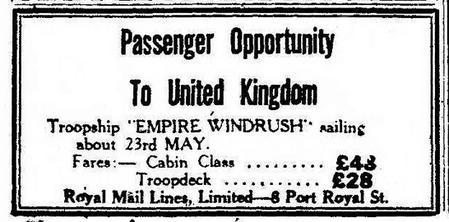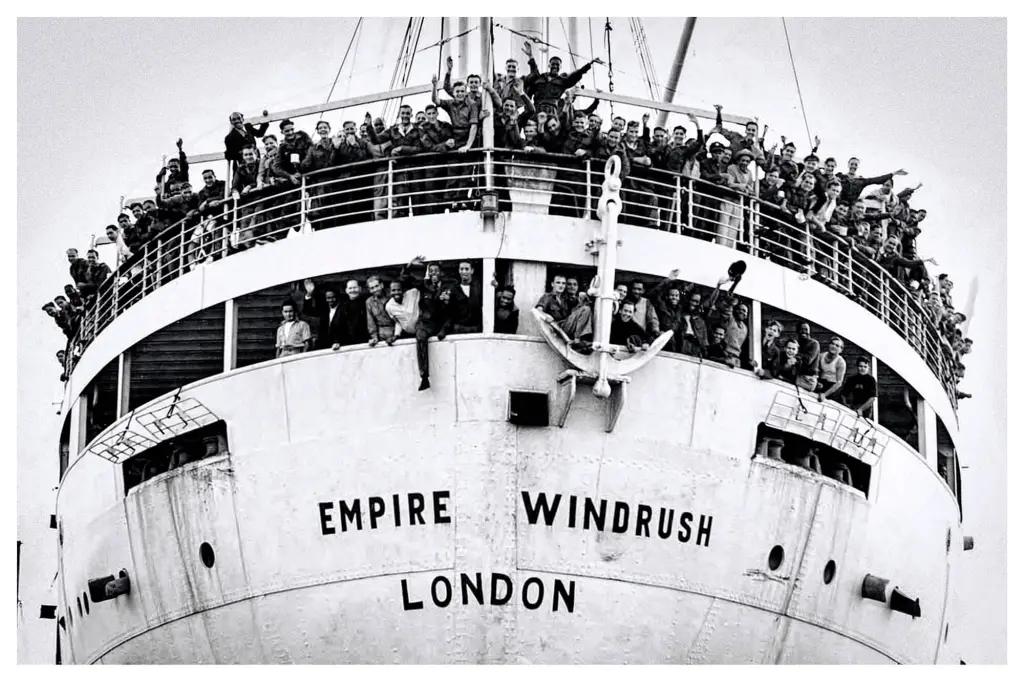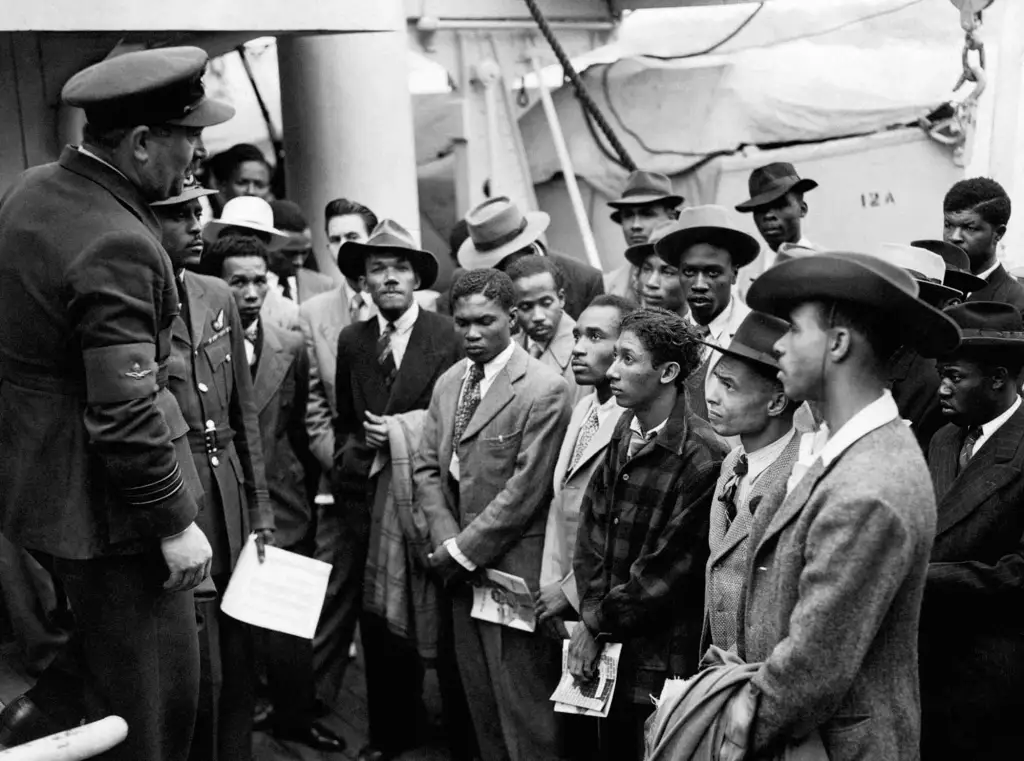September 4th: Today’s Feature - Tilbury Docks, Essex
- webbworks333
- Sep 4
- 3 min read
August
Tilbury Docks, Essex
The Port of Tilbury is a port on the River Thames at Tilbury in Essex, England. It is the principal port for London, as well as being the main United Kingdom port for handling the importation of paper. There are extensive facilities for containers, grain, and other bulk cargoes. There are also facilities for the importation of cars. It forms part of the wider Port of London.
On the River Thames in Essex, Tilbury Docks are the primary port for London. With the arrival of the Empire Windrush, the docks saw the beginning of a new chapter in London’s history.
There are varying statistics about the number of passengers, but according to the National Archives, on board were 1,027 people, including 802 from the Caribbean, who were invited to Britain to help rebuild ‘the mother country’ after the destruction of the Second World War.
684 men, 257 women and 86 children under 12 were on board, with a wide range of occupations from boxers to mechanics to musicians.
The arrival of Empire Windrush was a notable news event. Even when the ship was in the English Channel, the Evening Standard dispatched an aircraft to photograph her from the air, printing the story on the newspaper's front page.
This was covered by newspaper reporters and by Pathé Newsnewsreel cameras. The name Windrush, as a result, has come to be used as shorthand for West Indian migration, and by extension for the beginning of modern British multiracial society.
On 22 June 1948, 492 Caribbean people were brought to Tilbury Docks, Essex, in the UK, on the Empire Windrush ship. News reports at the time reported that the number of people was 492, but the ship's records show that the ship was carrying 1,027 passengers. According to the passenger lists, 802 of those on board the ship gave their last country of residence as somewhere in the Caribbean. After World War II, the United Kingdom's economy needed to be repaired. To do so, the British government recruited Afro-Caribbean migrants and offered them jobs. These jobs included the production of steel, coal, iron, and food, and also jobs in the service sector, such as running public transport and staffing the new National Health Service in the United Kingdom.
Patrick Vernon was the first to call for the commemoration of "Windrush Day", to recognise the migrant contribution to UK society, on the day when the first big group of post-war migrants from the West Indies arrived in Britain.
Vernon first launched a petition to this effect in 2013,which was followed by a further campaign in 2018, at the height of the Windrush scandal. Official backing was given when it was subsequently announced by the government that an annual Windrush Day would be celebrated on 22 June, supported by a grant of up to £500,000, to recognise and honour the contribution of the Windrush Generation and their descendants and to "keep their legacy alive for future generations, ensuring that we all celebrate the diversity of Britain's history."
Modern day
The purpose of Windrush Day is to encourage "communities across the country to celebrate the contribution of the Windrush Generation and their descendants”, according to the United Kingdom government. "A Windrush Day will allow communities up and down the country to recognise and honour the enormous contribution of those who stepped ashore at Tilbury Docks 70 years ago", said communities minister Nick Bourne. Government funding helps a variety of events and activities to take place, such as the day dance performances, exhibitions, and debate.
The first African-Caribbean immigrants in the United Kingdom were faced with extreme intolerance from many in the white population. Although African-Caribbean migrants were encouraged to settle in the United Kingdom and take up employment to relieve the labour market by the authorities, many early immigrants were denied access to private employment and accommodation because of the colour of their skin. Black people were also banned from many pubs, clubs, and even churches.
However, with a now well established can-do spirit and vision for peaceful integration, the Windrush generation became the catalyst for long term change, completely revolutionising the landscape of British identity and cultural togetherness.
























